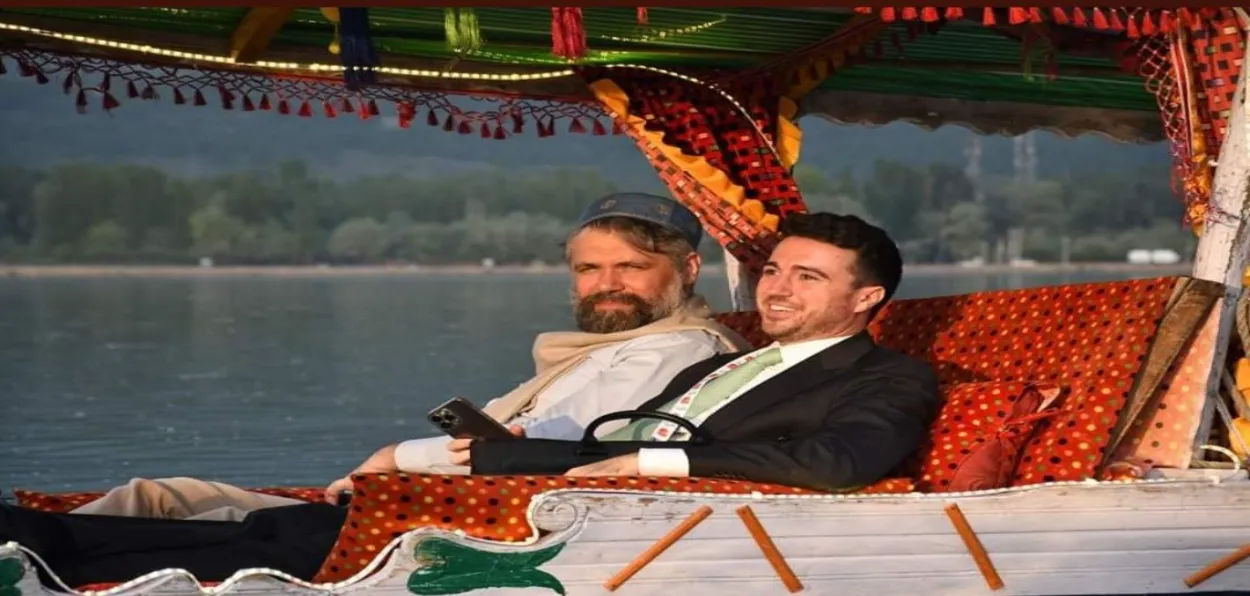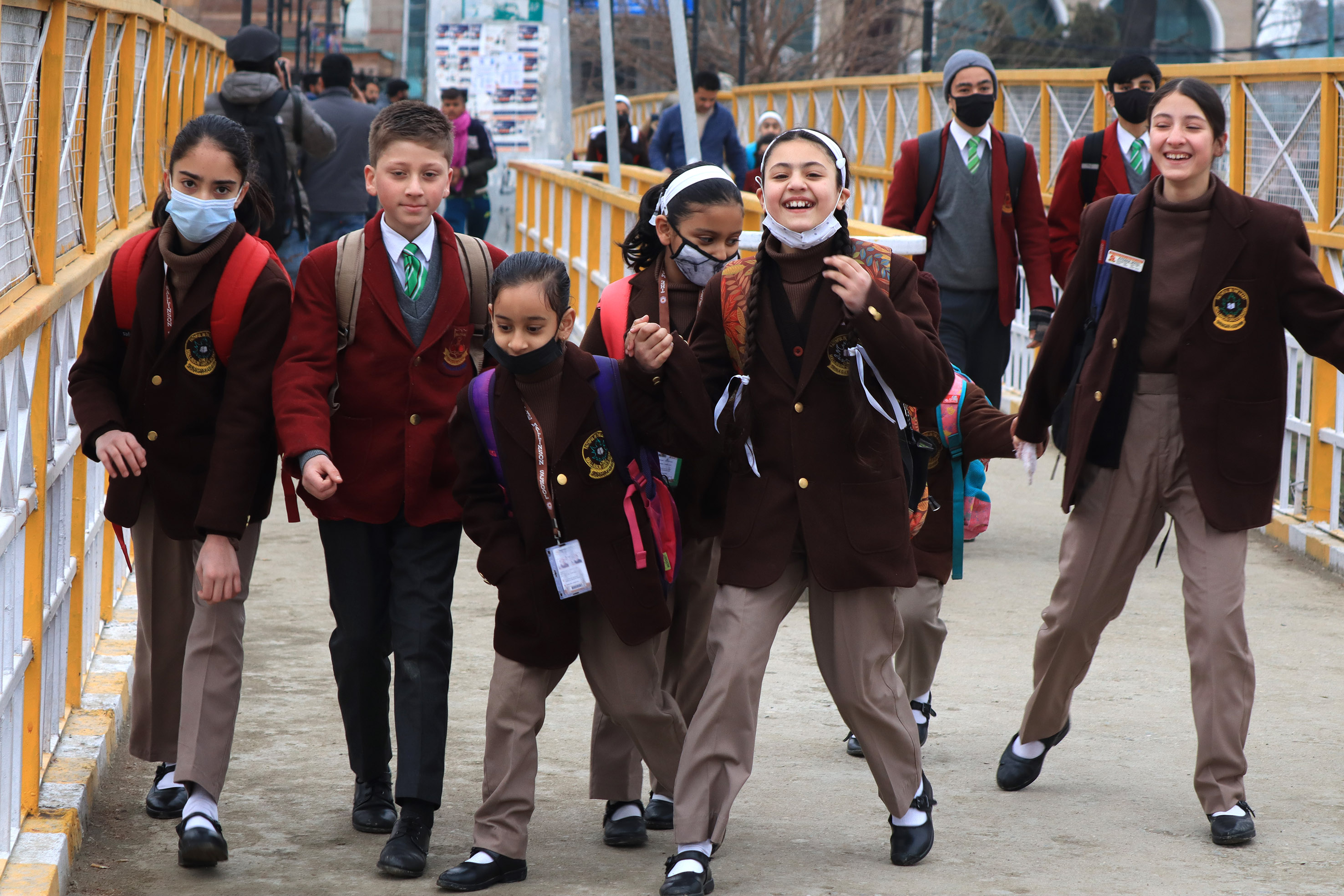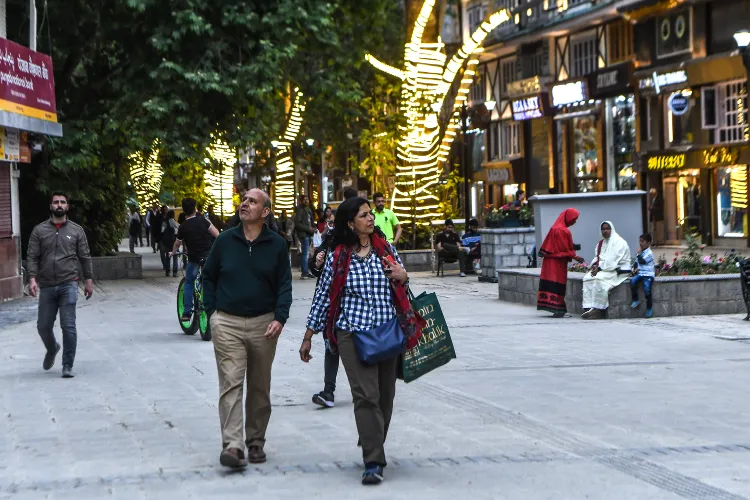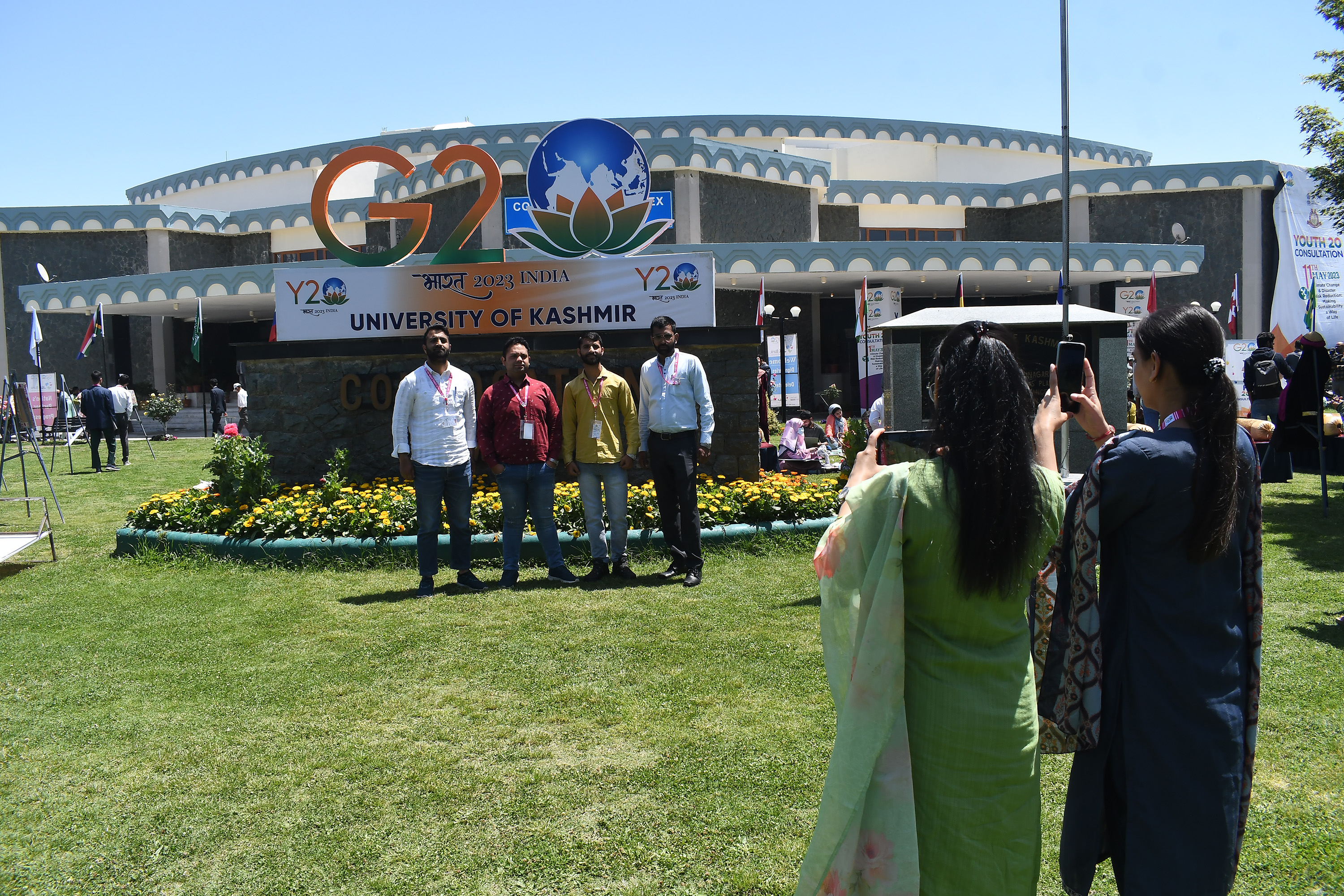
Aasha Khosa/New Delhi
Once upon a time, there was a Hurriyat Conference that imposed hartal at the drop of a hat across Kashmir Valley; its leaders – former legislators, retired professors, small-time politicians, etc. - spewed venom against India and managed sustained propaganda against security forces. Also, till recently, armies of stone throwers sprang up in Srinagar and other towns of the Valley anytime and could easily bring life to a grinding halt at the signal from their handlers.
Where have they vanished? The All Parties Hurriyat Conference office in Srinagar’s posh Raj Bagh area on the right bund of the river Jhelum wears a deserted look. “This office is sealed by the National Investigation Agency (NIA)” reads the board hanging on its gate. Even before that, the secessionist leaders had stopped visiting it, more so because of their internal divisions over money issues than the government’s move to book some of them for receiving terror funds and their connections with terrorists.
How did the edifice of terrorism-secessionism fall to pave the way for peace and normalcy in the Valley?
.webp)
Artists performing Rouf dance at the inauguration of Khelo India Games at Gulmarg, Kashmir
I spoke with a senior Hurriyat leader on the phone to enquire about him and his colleagues. Once a fire-spitting intellectual, he sounded a pale shade of himself. “I have given up all…I have dissociated myself from politics…I wish all – Hindus, Muslims, and all people of the world - well and I pray for everyone,” he said in his feeble voice. Ill health could be the apparent cause of his weak voice, but his remarks hinted that Hurriyat leaders have called it a day.
The stone throwers, whose rise was likened to Intifada (an Arabic word used to describe non-violent uprising) and shown as a heroic act of the ‘rebels’ by anti-India Western media, vanished from the scene simply because the Police tracked their sponsors through their digital footprints and eventually leading to funds being turned off. Stone throwing turned out to be an organized anti-India tactic employed by those holding the apron strings of terrorism and propaganda from across the border in collaboration with their agents and stooges in Kashmir.
For those believing that stone throwing was a spontaneous activity, it came out that the stones were stockpiled in each locality and the throwers contacted on WhatsApp groups by Administrators and asked to rise against security forces in a particular locality. A simple investigation by the J&K Police and some arrests ended this ‘tamasha’ that led to tragic injuries to many persons as forces fired rubber bullets to quell rioters. Eventually, the nipping of the links of stone throwers helped save thousands of Kashmiri youth from falling into the trap of Pakistan.
 Happy faces: Kashmiri children returning to the school after a break in Srinagar
Happy faces: Kashmiri children returning to the school after a break in Srinagar
The big crackdown on terrorists and more importantly on its overground support system has finally changed the ecosystem that spawned the gun culture and encouraged the anti-India narrative to the extent that many wondered if there was a premium on secessionism.
No longer are people allowed to organize elaborate funerals for the terrorists killed by security forces. The dead are given a quiet burial in the presence of their family sans the fanfare and the halo of martyrdom that went with such occasions earlier. Mercenaries – mostly Pakistanis who are sent to Kashmir to boost the falling graph of violence – are buried by the Police with no involvement of locals or their supporters. Funerals of terrorists had made counterterrorism a zero-sum game as glamorizing a slain terrorist at his funeral was effectively used to lure Kashmiri youth into picking guns and possibly joining the ranks of terrorist groups.
Elaborate investigations by the Department of Revenue Intelligence (DRI) of the Ministry of Finance and the Police into the sources of income of those spearheading terrorism and secession in Kashmir saw many of them facing a trial in a court of law on charges of receiving terror funds. The houses of terrorists and those harbouring terrorists are being demolished under the law of the land. The scene of a bulldozer bringing down a terrorist’s house in a locality sends the message about the end of the terrorist raj at a societal level and helps the cause of peace.

Tourists enjoying a walk through Srinagar city's traffic-free zone
To bring peace and normalcy to the Valley, the Narendra Modi government acted differently on two fronts: One in dealing with Pakistan, which sponsored Kashmir’s three-decade-old terrorism, firmly and with a clear policy of "Talks can not go with terrorism." On the other side, the government ended the ridiculous soft approach toward the terrorists and their ideologues.
The arrest of Yasin Malik and making him face trials for masterminding the abduction of Dr. Rabiya Sayed (daughter of the then Union Home Minister Mufti Mohammad Syed) and the killing of IAF personnel in Srinagar was one stroke that made common people in Kashmir realize that nobody can escape the long reach of the law. Malik, one of the pioneers of terrorism in Kashmir, was given a long rope thanks to the foggy ideas of crisis management of the previous governments in Delhi.
Some of the Kashmir Managers back then wanted to bet on Malik and the likes of him and predicted they would switch sides. It may be mentioned that A S Dulat, former RAW chief in his book Kashmir: Vajpayee Years, wrote that it was on his advice that people like Yasin Malik and Shabbir Shah (another secessionist leader facing trial for amassing money sent by Pakistan) were released by the government so that they could be prevailed upon to contest elections!
Malik made use of freedom, married a Pakistani, and built a palatial house in Islamabad. With his image makeover, he became a regular at the peace conference circuit in Delhi and freely hopped between Delhi and Islamabad. Finally, the Modi government ended this mockery of the law and revived his trial in a court of law. Such moves not only lead to justice for victims and respect for the system in the eyes of the common man but also send signals that siding with terrorism is punishable.
 Students clicking pictures during the G-20 youth meet in the University of Kashmir
Students clicking pictures during the G-20 youth meet in the University of Kashmir
Peace doesn’t grow in a vacuum; in Kashmir, its return to the extent that people are enjoying cinemas and a there is a semblance of nightlife is the result of the common man’s growing confidence in the State’s power to deal with terrorists firmly.
Secondly, the government has targeted the overground workers(OGW) of terrorist organizations on an unprecedented scale. Not only have they been identified and their links investigated such elements are being also being booked under the law of the land; their properties being attached by the NIA for terror funding. It’s for the first time, that the J&K government has terminated the services of 52 employees in 18 months after they were investigated and perceived as a “threat” to state security. The embedded terrorists had enjoyed immunity so far and caused much damage to peace and the system.
ALSO READ: What made Kashmiri youth lose memory of horrors of kabali raid?
However, while happy days seem to be returning to Kashmir, hopefully, for good, the major challenge before the government in sustaining peace remains. Besides tackling the widespread radicalization of young minds and the rise of proxy organizations that are continuing the anti-India propaganda and poisoning of young minds in Kashmir remains a major hurdle in normalizing the situation in Kashmir in letter and spirit.
(The author has extensively reported from Kashmir during the peak of insurgency)
